Christmas traditions around the world
by Ailsa Harvey · 13/12/2020
Take a journey around the world and discover some countries’ unique festivities
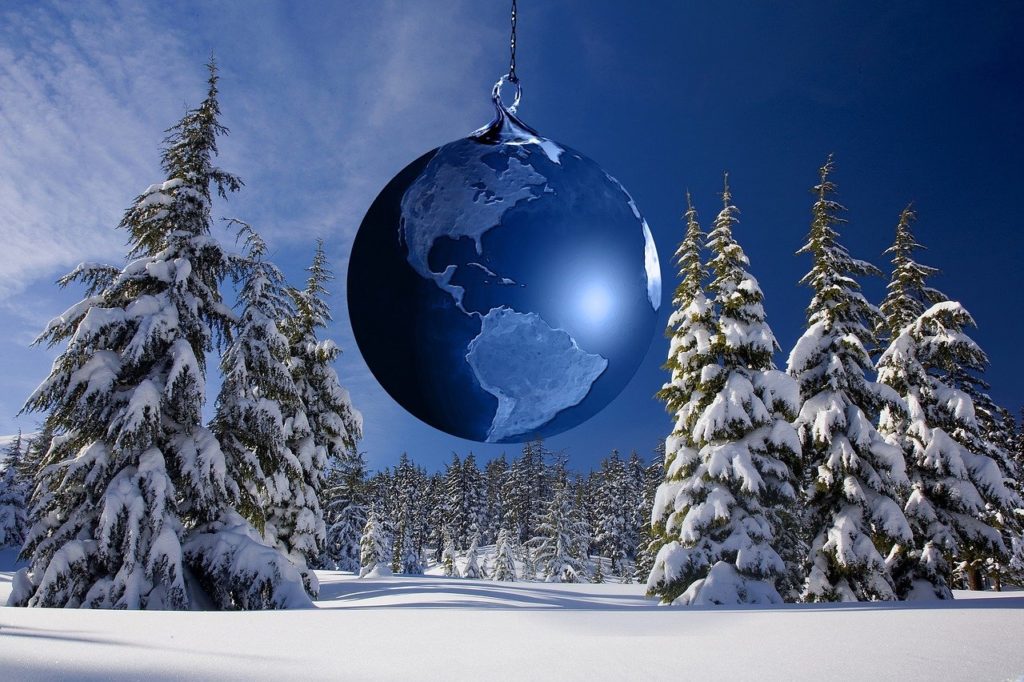
For many people, Christmas is the most magical time of the year. While modern Christmas traditions seem extremely commercial, aspects can be traced back to ancient roots. A huge variety of cultural customs have merged together in modern times, with the rise of the internet and travel enabling diverse celebrations to be shared and adopted. Singing, decorating and eating specific meals can be observed in many areas of the globe. But each country still holds onto their ancestors’ festive ways to keep traditions alive.
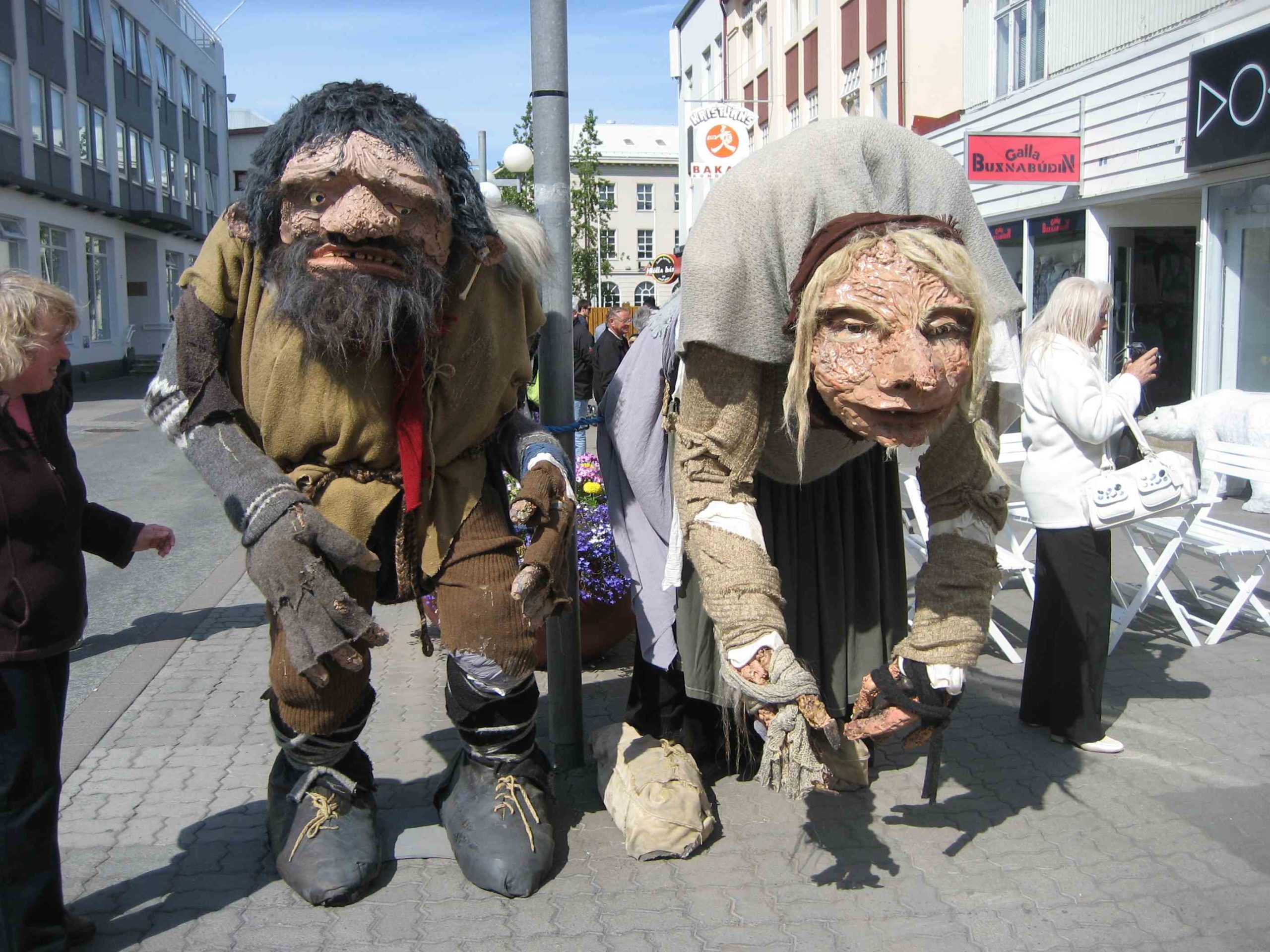
Iceland- Christmas trolls
Icelandic folklore provides not one Santa but 13, who come down from the mountains. Children in Iceland place a shoe at their bedroom windows every evening in the 13 days leading up to Christmas Day; one night for each ‘Yule lad’. The children wake up to various sweets and treats from each troll character – or maybe a rotting potato, depending on how they behaved during the day. (Image credit: David Stanley/ Wikimedia Commons)
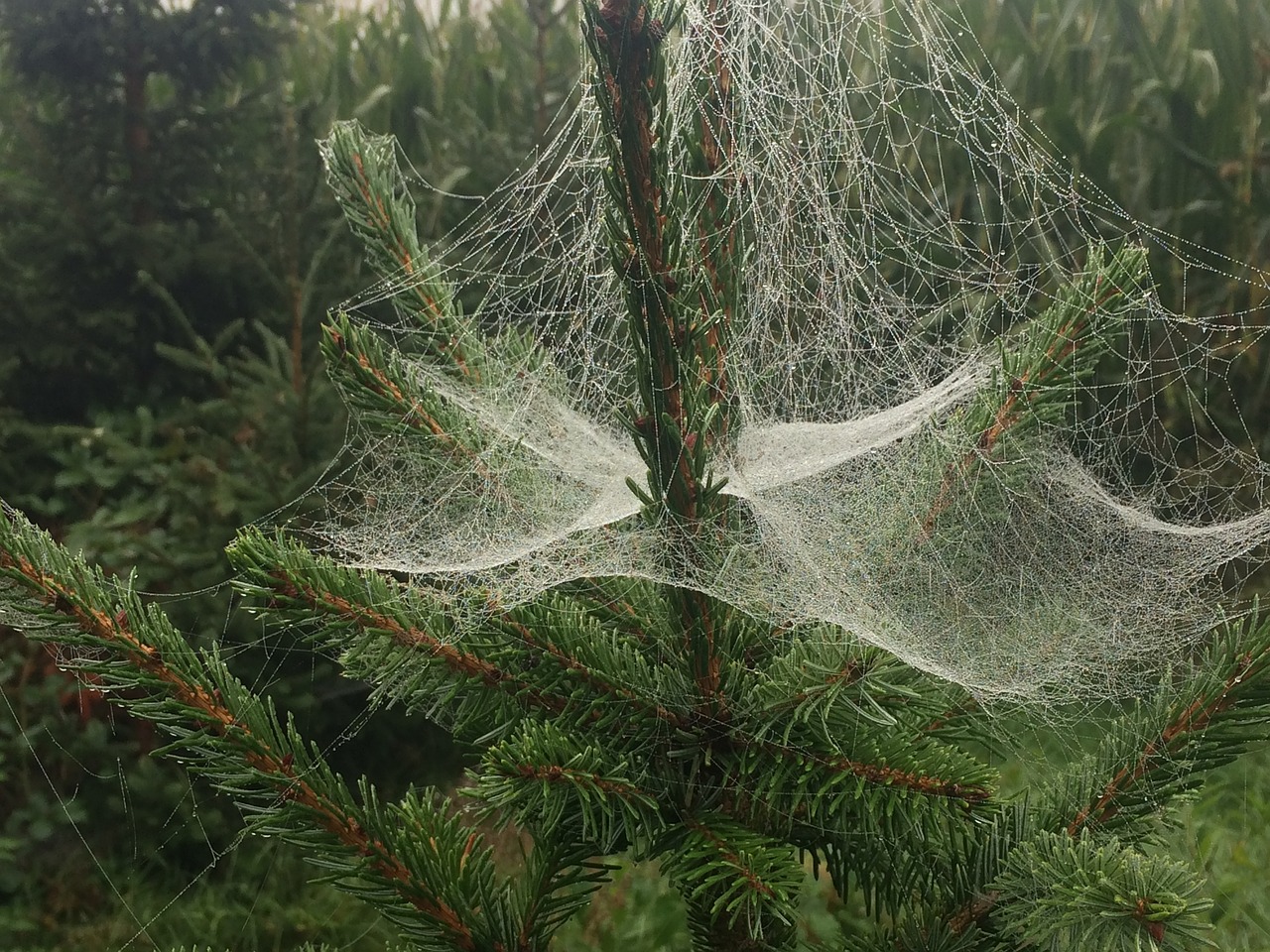
Germany- St Nicholas Day
Christmas Eve is a bigger celebration in German households than Christmas Day itself. Gifts are given on Christmas Eve and a large meal is eaten. German children write letters to St Nicholas rather than Santa Claus, and St Nicholas Day is celebrated on 6 December. In Germany, Poland and Ukraine, finding a spider or spider’s web on your Christmas tree is considered good luck. (Image credit: ElineTibboel/ Pixabay)
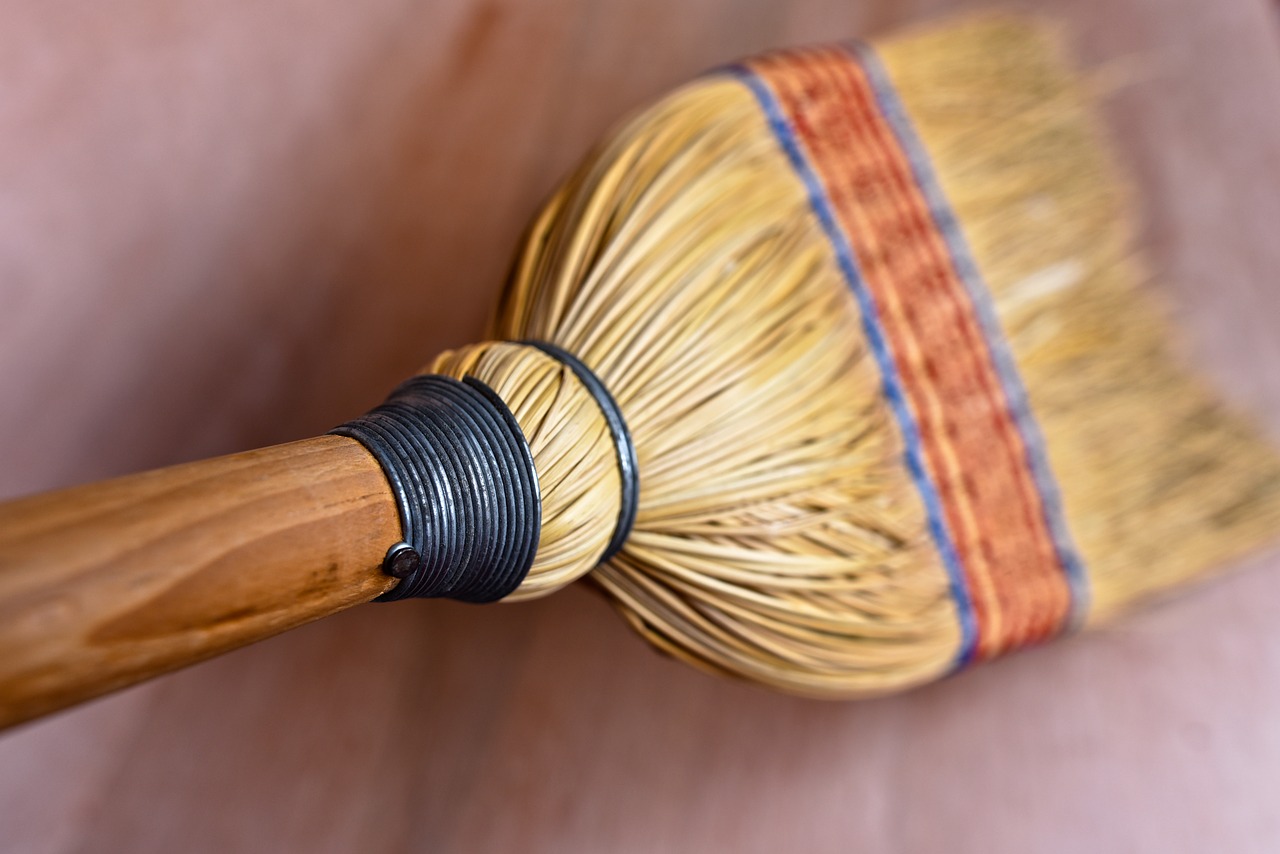
Norway - Hide the brooms
Norwegian tradition has it that Christmas Eve is the time when evil spirits and witches arrive in the towns. Before going to sleep on the night before Christmas, some people still hide any brooms in their houses. This is so they don’t attract witches. (Image credit: Mabel Amber/ Pixabay)
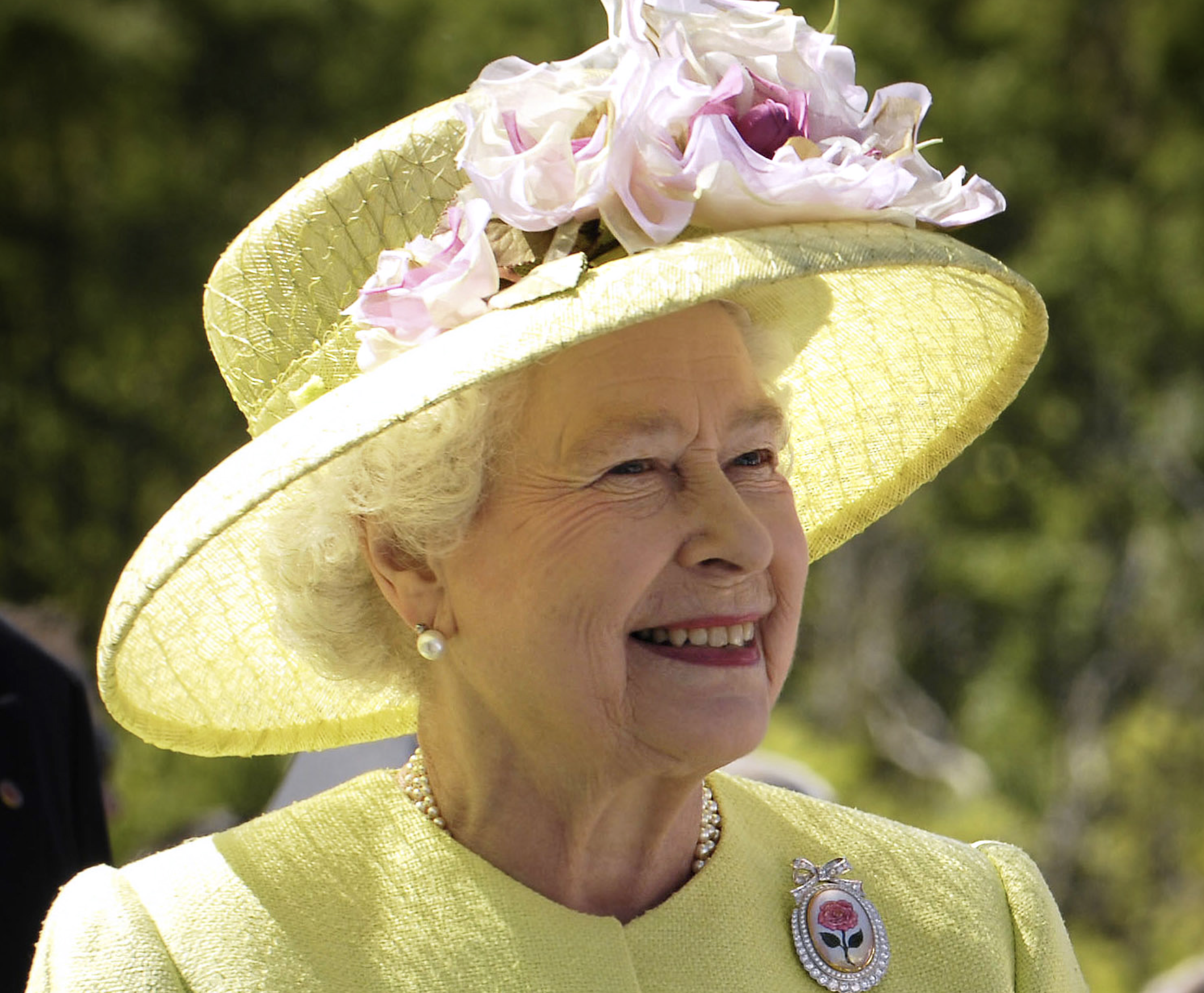
United Kingdom- The Queen's speech
Amid the Christmas celebrations in the UK, millions of people turn on their televisions to hear from the queen. In her annual speech, she talks about the big events in the year and gives her thoughts. Her first televised Christmas speech was in 1957, and her speeches have been broadcast every year except 1969, when she believed the royal family had been on TV enough. (Image credit: NASA/ Wikimedia Commons)
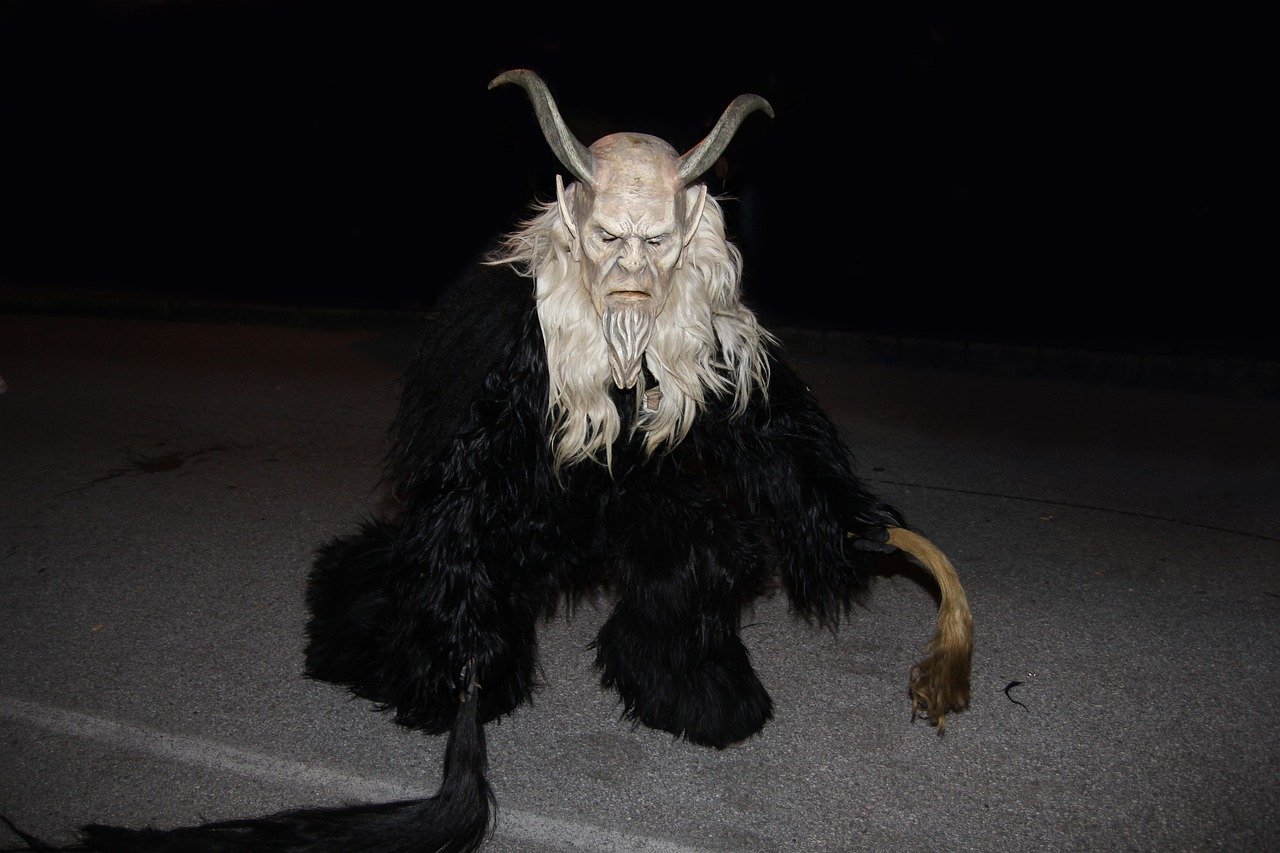
Austria - Krampus' festive fear
In Austria not all Christmas characters are as pleasant as Santa Claus. As well as accepting St Nicholas, who rewards the good, Austria has adopted an evil character to instil fear and punishment. Krampus is a half-goat and half human being who roams the streets searching for badly behaved children. His horns and fangs give them a reason to be good, and many enjoy fleeing from the character as he emerges on Krampus night, 5 December. (Image credit: 7244907/ Pixabay)
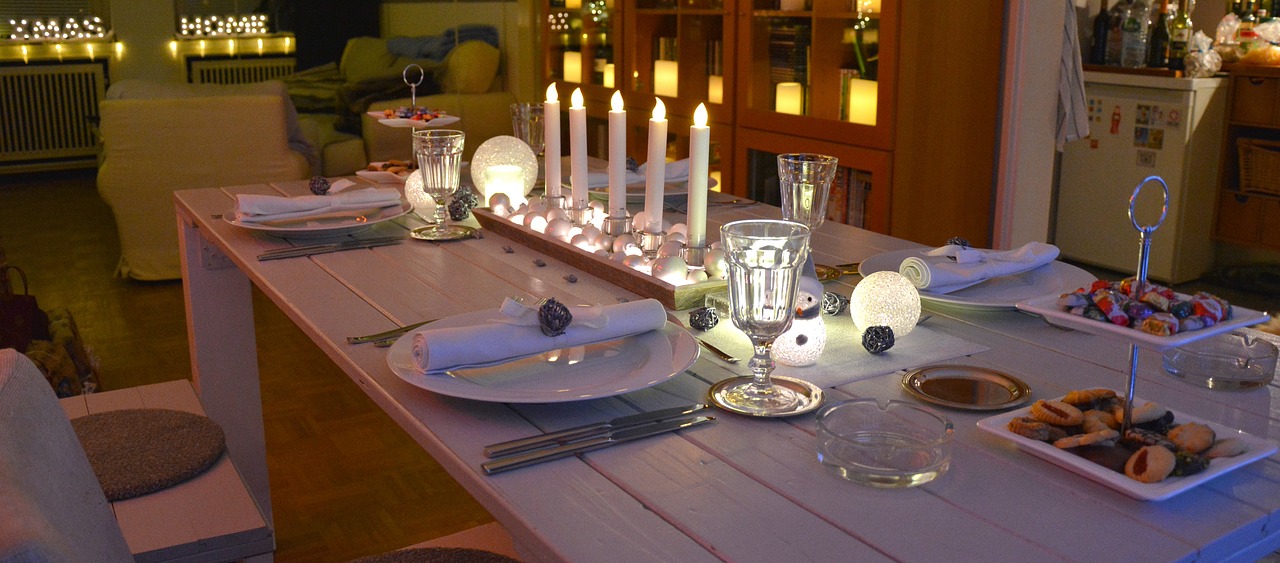
Italy- 12 courses of Christmas
An old Christmas tradition throughout Italy is to fast throughout Christmas Eve in preparation for a huge multi-course Christmas meal. While rules are more relaxed today, tables are traditionally set for either nine, 12, 13 or even 21 courses. These numbers are all of varying religious significance, with nine courses for the trinity (squared), 12 presenting a course for each of the apostles, and 13 for the disciples. The monster 21-course meal is designed to represent the trinity multiplied by the seven sacraments. (Image credit: Klaus Hausmann/ Pixabay)
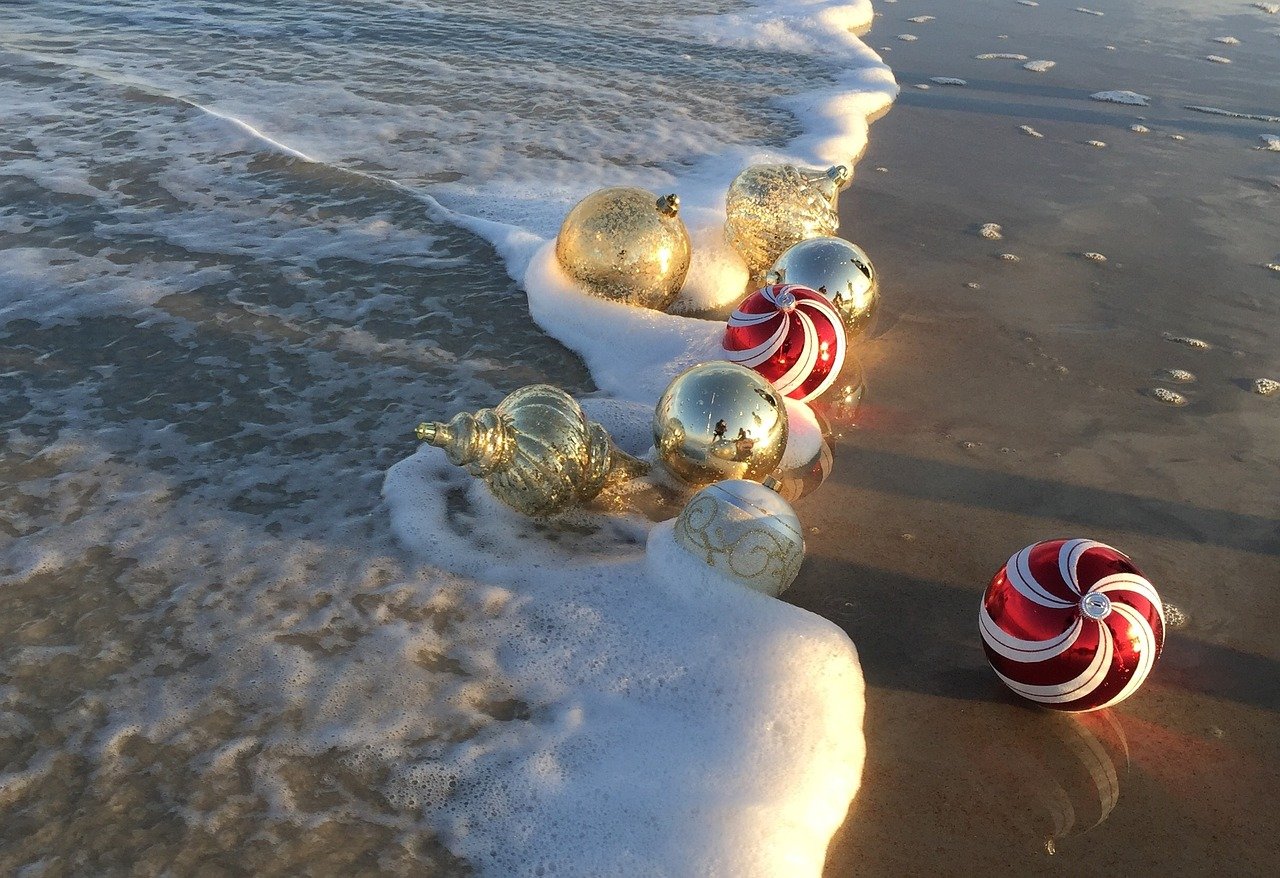
Australia - A white hot Christmas
In contrast to the white Christmases portrayed in many Christmas films, Australians celebrate in the scorching summer heat. Some decorate their houses with bunches of ‘Christmas bush’, a native Australian tree with green leaves and cream flowers. (Image credit: minfl3/Pixabay)
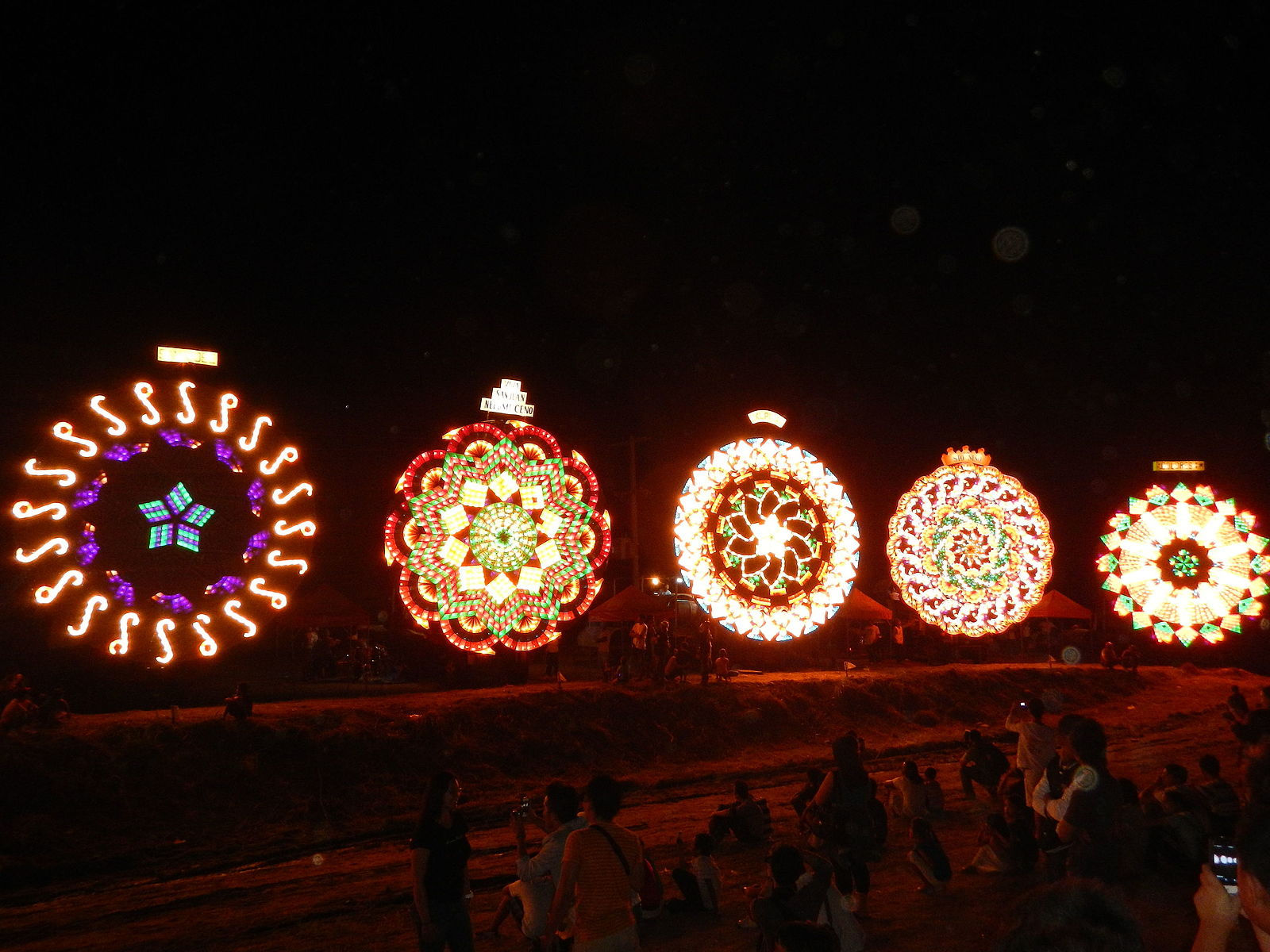
Philippines- Giant lantern festivals
The Philippines’ Christmas festivities last for an impressive four months. When December arrives, flamboyant six-metre-tall lanterns are made. These decorations contain thousands of light bulbs and are put on display as part of a competition and festive exhibit, for all to enjoy. (Wikimedia Commons/ Ramon FVelasquez)
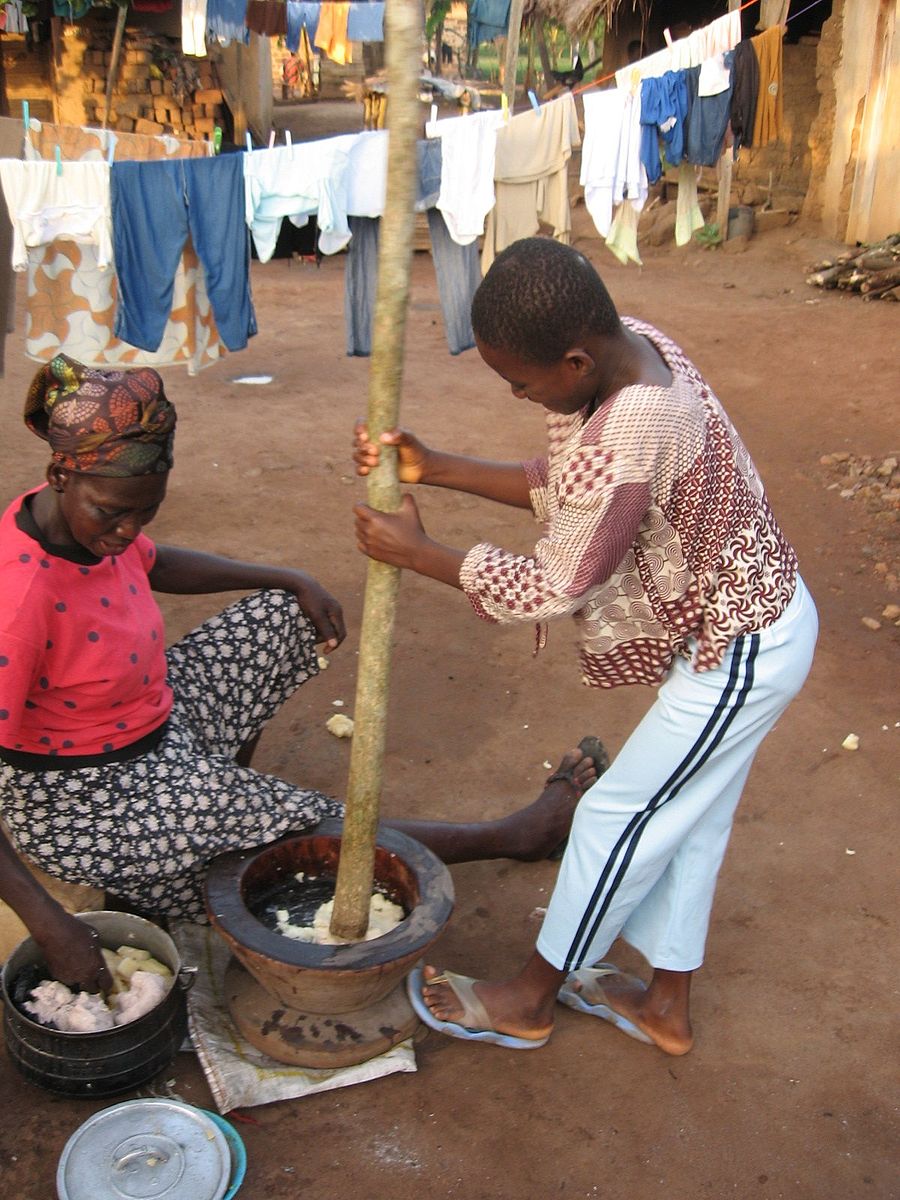
Ghana- Post-harvest rest
Ghana is one of the countries in Africa that celebrates the Christmas season. For many in the country, the holiday begins on the first day of the month and coincides with the end of the cocoa harvest for a well-earned celebration. Neighbourhoods can be seen embellished with candles and sparkle for four weeks until Christmas Day arrives. Their Christmas Day meal is often soup, goat and vegetables. A typical Christmas meal in Ghana involves okra soup, rice and yam paste called ‘fufu’, which is pounded in a bowl. (Image credit: aripeskoe2/ Wikimedia Commons)
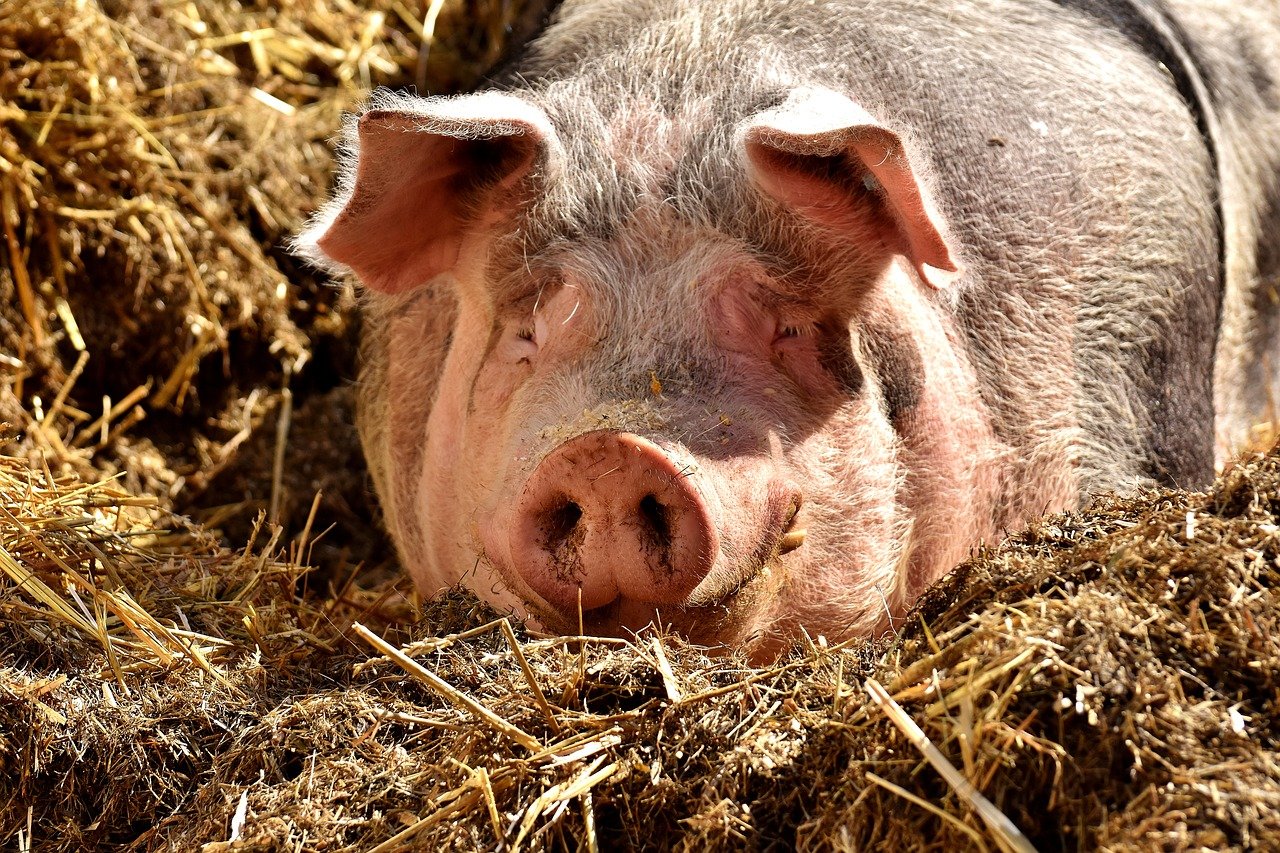
Romania- Ignat Day
Romania’s Christmas meals commonly involve eating pork, but that isn’t where the tradition ends. Romanian families who keep pigs have continued the ritual of killing one of them before Christmas Day. This stems back to the time when families’ pigs wouldn’t survive cold winters. (Image credit: Alexas_Fotos/ Pixabay)
For more science and technology articles, get your Christmas subscription to How It Works for as little as £7.15 on our website now. If you have a tablet or smartphone, you can also download the digital version onto your iOS or Android device. To make sure you never miss an issue of How It Works magazine, subscribe today!






